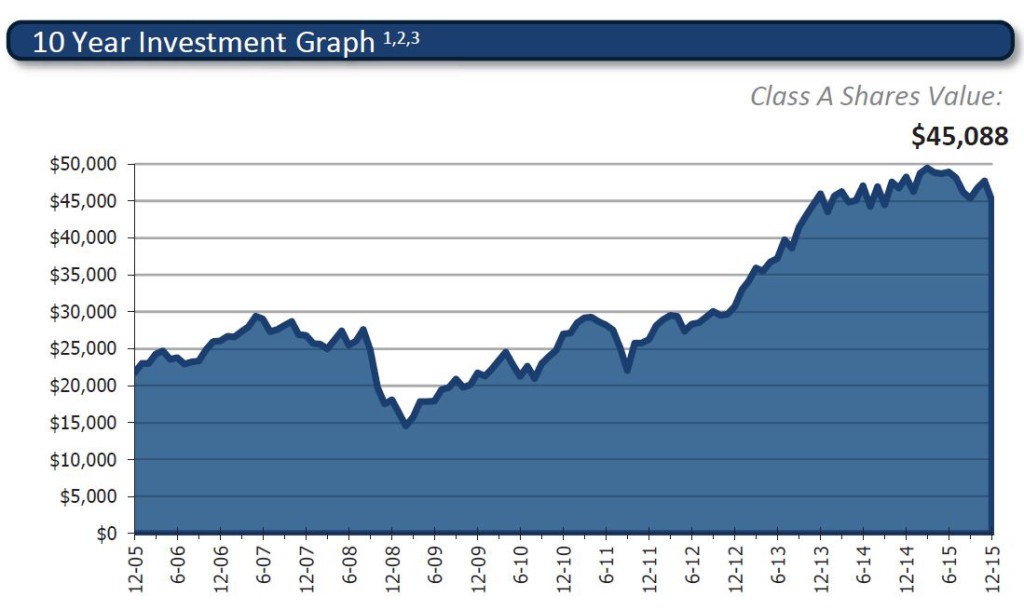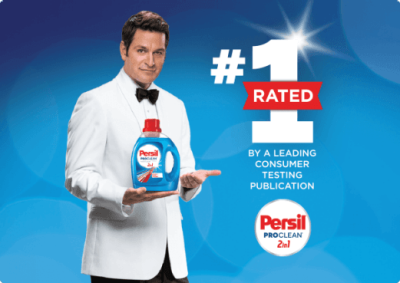The Robots are Definitely Coming, But Slowly
A few months back a friend of mine sent me a link to The Robots are Coming for Wall Street, which focuses on how automation is taking over more and more tasks once handled by humans in the financial services industry. The story’s lead anecdote relays how software from Kensho is able to digest, analyze, and publish a report on the latest US employment report within minutes. Amazing.
Of course most everyone agrees on the trend and opportunity of automation. But in discussions with my friend it became clear that the two of us have different views on the pace of change. While he sees an aggressive dismantling of how many things are done today, I believe the landscape will shift more slowly, especially through the lens of the asset management industry.
As an example, in two recent client conversations the natural language software from Narrative Science has come up. One firm just deployed their software to write first drafts of investment commentary; another came close but postponed implementation.
But what’s been more interesting to me is the frequency with which industry marketers have never heard of the company. Though the company has been written up in the Wall Street Journal and Investment News as far back as 2013, there is seemingly no widespread buzz about them specifically or these types of capabilities in general. To illustrate, Ignites has mentioned Narrative Science just a single time in a January 2015 story (subscription).
Granted I am putting this through an anecdotal lens. Even so, I think more frequently than not transformational change takes a long time. Whether the topic is Big Data, sales comp, or automation, it will be years before the word “potential” is scrubbed from the conversation.
[ image credit: Sean Davis ]










